Illustrative Image: How Satellite Technology Is Helping Preserve Earth’s Mangrove Forests and Combat Climate Change
Image Source & Credit: National Geographic
Ownership and Usage Policy
Beneath the canopy of twisted roots and salt-soaked leaves, coastal wetlands hide worlds that few humans ever get to see. These mysterious mangrove forests—thriving at the delicate intersection between land and sea—are some of Earth’s most valuable yet least accessible ecosystems. Their dense roots, muddy terrain, and briny waters make them difficult to navigate on foot. But behind their wild tangle lies one of nature’s most remarkable climate solutions: a natural mechanism for capturing and storing vast amounts of carbon.
Mangroves are not ordinary trees. They are powerful carbon sinks, capable of storing up to ten times more carbon than most tropical rainforests. By trapping carbon in their soils and biomass for centuries, they play an outsized role in mitigating climate change. Yet, these crucial ecosystems are disappearing at an alarming rate—cleared for coastal development, aquaculture, and infrastructure, and further threatened by intensifying cyclones and rising sea levels.
National Geographic Explorer and former NASA scientist Dr. Lola Fatoyinbo is on a mission to protect these overlooked guardians of the planet. Her pioneering research uses satellite remote sensing—a blend of cutting-edge technology and planetary observation—to study mangroves from above. For regions where even the most determined field scientists struggle to tread, satellites become the eyes of discovery.
From her orbital vantage point, Fatoyinbo employs LiDAR (Light Detection and Ranging) and radar imaging to measure mangrove height, density, and canopy structure, as well as to quantify how much carbon they absorb and store. These technologies send electromagnetic pulses toward Earth’s surface, allowing researchers to reconstruct detailed, three-dimensional maps of mangrove ecosystems. Such insights are crucial for tracking changes over time—whether from deforestation, natural disasters, or climate-related impacts—and for identifying areas most in need of conservation.
This marriage of ecology and space science represents a transformative shift in how humanity understands and manages its natural resources. Remote sensing allows scientists to monitor global biodiversity at a scale never before possible—without physically disturbing fragile environments. In the case of mangroves, it reveals how these forests grow, adapt, and sustain life in environments often deemed inhospitable.
Fatoyinbo’s connection to her work is deeply personal. Growing up in Ivory Coast and Benin, she witnessed firsthand the toll of deforestation and pollution—environmental issues that disproportionately affect low-income communities. These experiences sparked her determination to use science for social and ecological justice. Later, as a university student, a single satellite image of Africa changed her trajectory forever. “When I saw that first image of Africa from space,” she recalls, “I realized that this data could unlock an entirely new way of exploring Earth—especially the places most overlooked or hardest to reach.”
Her passion bridges the gap between outer space and the mud-laden shores of coastal Africa. While her satellites orbit thousands of kilometers above Earth, Fatoyinbo often journeys into the mangrove forests herself, collecting ground-truth data to verify what satellites record. These expeditions—often involving days wading through thick mud and tangled roots—are essential for calibrating remote observations, ensuring that the data truly reflects reality on the ground.
Mangroves, meanwhile, are not only carbon reservoirs but the foundation of rich, interdependent ecosystems. Their submerged roots provide shelter and breeding grounds for fish, mollusks, and crustaceans that sustain local fisheries and communities. Above water, monkeys, birds, and even large predators like tigers find refuge among the dense foliage. In many coastal regions, mangroves serve as natural barriers, protecting human settlements from storm surges, erosion, and flooding. When these forests vanish, the consequences ripple across both ecological and human systems.
Fatoyinbo’s work is more than a scientific pursuit—it’s a call to reimagine exploration itself. Her research demonstrates that space-based observation is not detached from Earth’s struggles but rather a powerful ally in solving them. By studying our planet from above, she reveals connections between technology, climate resilience, and human well-being.
In her view, protecting mangroves means protecting the delicate balance between atmosphere, ocean, and land. It means harnessing innovation to restore ecosystems that quietly safeguard the planet’s future. Fatoyinbo’s story exemplifies a new era of environmental science—where the frontier of space meets the frontlines of conservation, and where understanding Earth from orbit becomes a means of healing it from within.



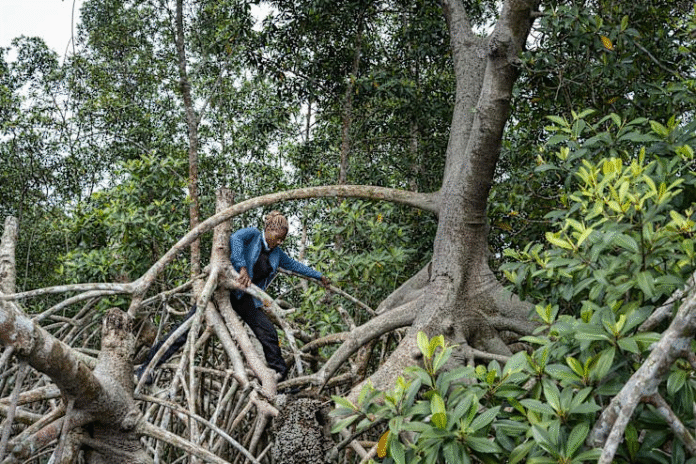
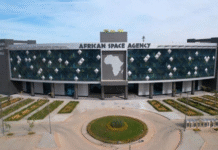
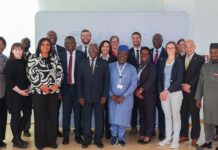
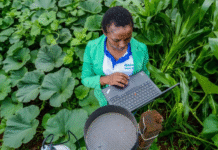

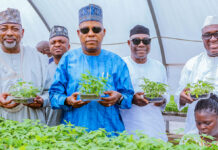



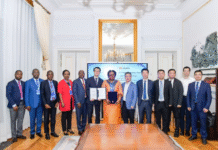



 The African Research (AR) Index is a comprehensive scholarly directory and database focused explicitly on journal publishers that publish and disseminate African research.
The African Research (AR) Index is a comprehensive scholarly directory and database focused explicitly on journal publishers that publish and disseminate African research.

